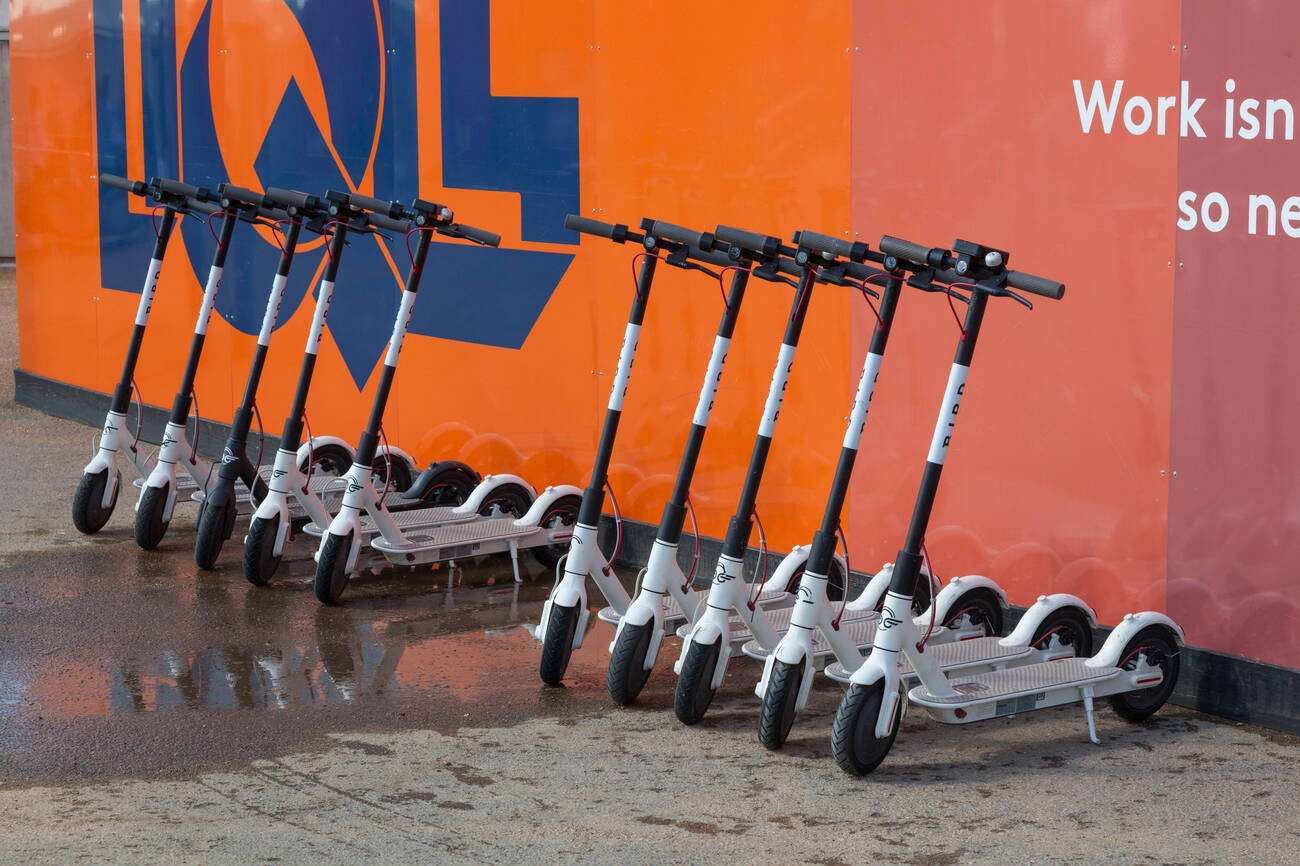
Electric scooters have gained popularity recently, mainly because they are environmentally friendly and easy to use. But what are the specifics of these wholesale electric scooters, and how do they function? In the following article, let us get into the details and examine various aspects of mechanics and technologies used in these modern means of transport.
An electric scooter is a type of two-wheeler operated by a battery and has an electric motor. Electricity is the primary source of power used to drive the electric scooter, and it has minimal environmental impact. An electric scooter does not have an internal combustion engine to power the wheels; instead, it has an electric motor that rotates them. Thus, electric energy is required to power the motor of an e-scooter. Therefore, a rechargeable battery is employed to provide the required electrical energy.
However, it differs from the design of the ordinary scooter in appearance, while the mechanism and structure of the electric scooter are different from those of the ordinary scooter. Today, electric scooters are in high demand because they are considered easy to drive and environmentally friendly.
Now, it is worth outlining the parts of an electric scooter and its purpose.
An electric scooter is a technology comprising various sub-parts working in harmony to ensure comfortable mobility in the form of scootering. They include the motor, battery, controller, throttle, and braking systems, which are the main ones used whenever they are being used.
Motor: The motor pushes the scooter forward, enabling the wheels to move. Most electric scooters today integrate either a brushless DC motor or a hub motor into the wheel. Hub motors usually work better and are less problematic, so they are commonly used in most designs.
Battery: The battery is the source of power for the scooter, powering the motor and other connected electrical parts. It is usually a rechargeable lithium-ion battery with different characteristics, such as an indicator of high energy density, low density, and a long-lasting cycle. The battery's ability to power the scooter directly influences the kilometers or miles that the scooter can move without battery power.
Controller: Typically, the controller is the command center of the electric scooter since it oversees all the operating processes. It controls the current rate from the battery to the motor depending on the throttle input, resulting in the scooter's safe operation. Some scooters are also equipped with more complex controllers than simple power and brake pedal options that allow for modifications such as regenerative braking or adjusted acceleration.
Throttle: This component determines the scooter's speed by connecting the throttle with the controller. A twist throttle or thumb-operated accelerator will let the rider adjust the acceleration or deceleration ratio. The throttle is usually installed within the scooter's handlebars to ensure it is easily accessible.
Braking system: Depending on the model, electric scooters have disc brakes, drum brakes, or electronic braking systems (EBS). These systems give the rider control over the bike, allowing one to safely slow down or even come to a stop by using the mechanical brakes or slowing down the motor to provide resistance.
However, most electric scooters contain other parts or attributes, such as lights, a folding system, or suspension.
Now, it is high time that we comprehend the functioning of an electric scooter.
First, the electric scooter is operated by converting the battery's DC power into the power required to operate the electric motor; for this purpose, there is a start button on the control panel. Then, the rider adjusts the throttle control, an electrical sign for the ECU controller. The controller allows a regulated quantity of electrical energy from the battery pack to an electric motor. Using electric power, the electric motor moves the scooter's wheels and propels it forward. This is a brief description of how an electric scooter works.
Thus, electric scooters are gaining preference due to their main advantages over conventional scooters.
● Electric scooters are environmentally friendly because they cannot release pollutants or greenhouse gases.
● It also does not have as many components to break down as standard scooters, meaning its maintenance cost is low.
● This brings the operating cost per km to rock bottom levels at around 0. 25 INR.
● Electric scooters are more élite and produce less noise than other scooters. Thus, helps in minimizing some extent of noise pollution.
● Electric scooters do not have gears and clutch mechanisms; therefore, they can easily be operated. Also, they give quick acceleration, which is advantageous when operating on bustling roads.
For More Read: Pros and Cons of E-Scooters
Looking at the current advancements, one cannot doubt the usage of electric scooters shortly. They are becoming famous with the increasing number of days due to technological advancement. These electric scooters are gradually gaining popularity because of the growing consciousness of the environment and enhanced utilization. Therefore, electric scooters are among the environmentally friendly, economical, and efficient means of transformation. This makes it possible to see that they will form a sustainable transport concept.